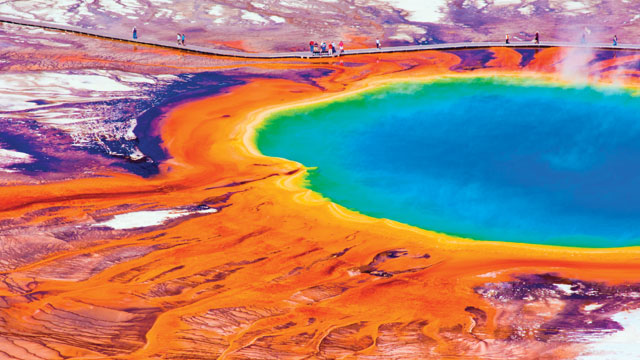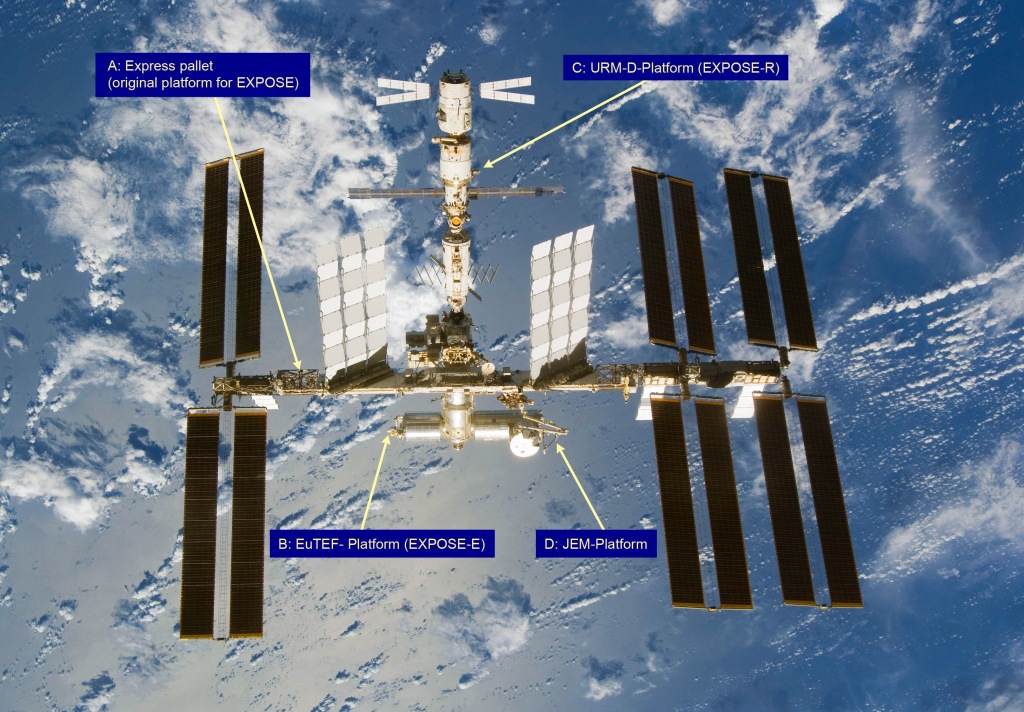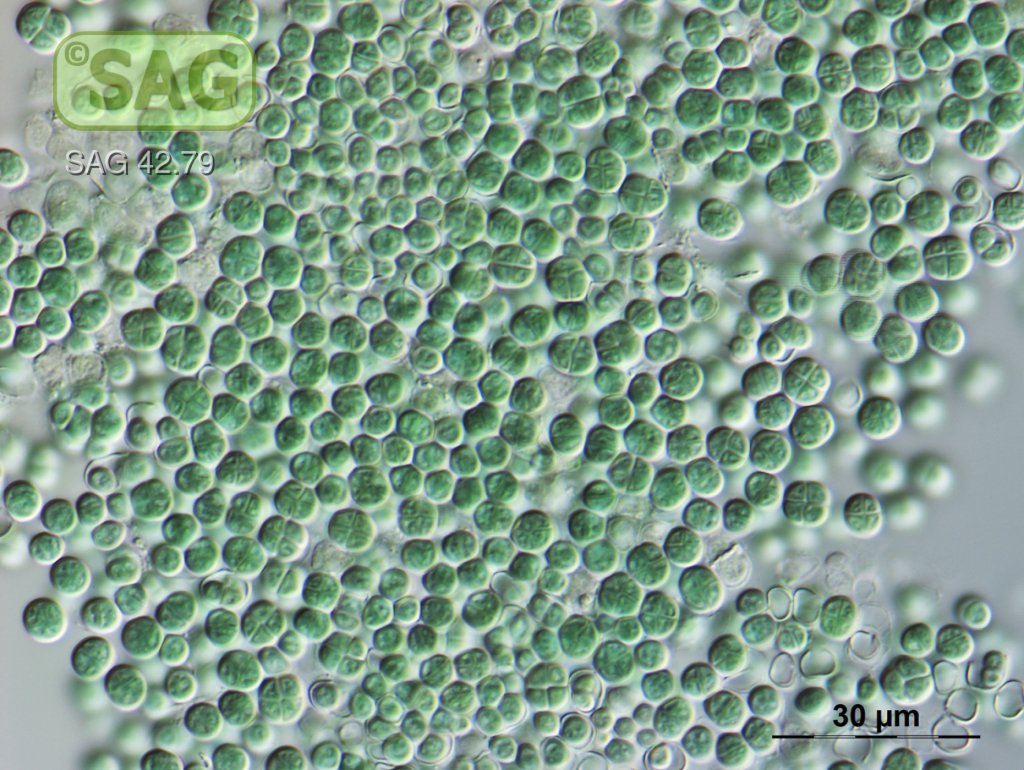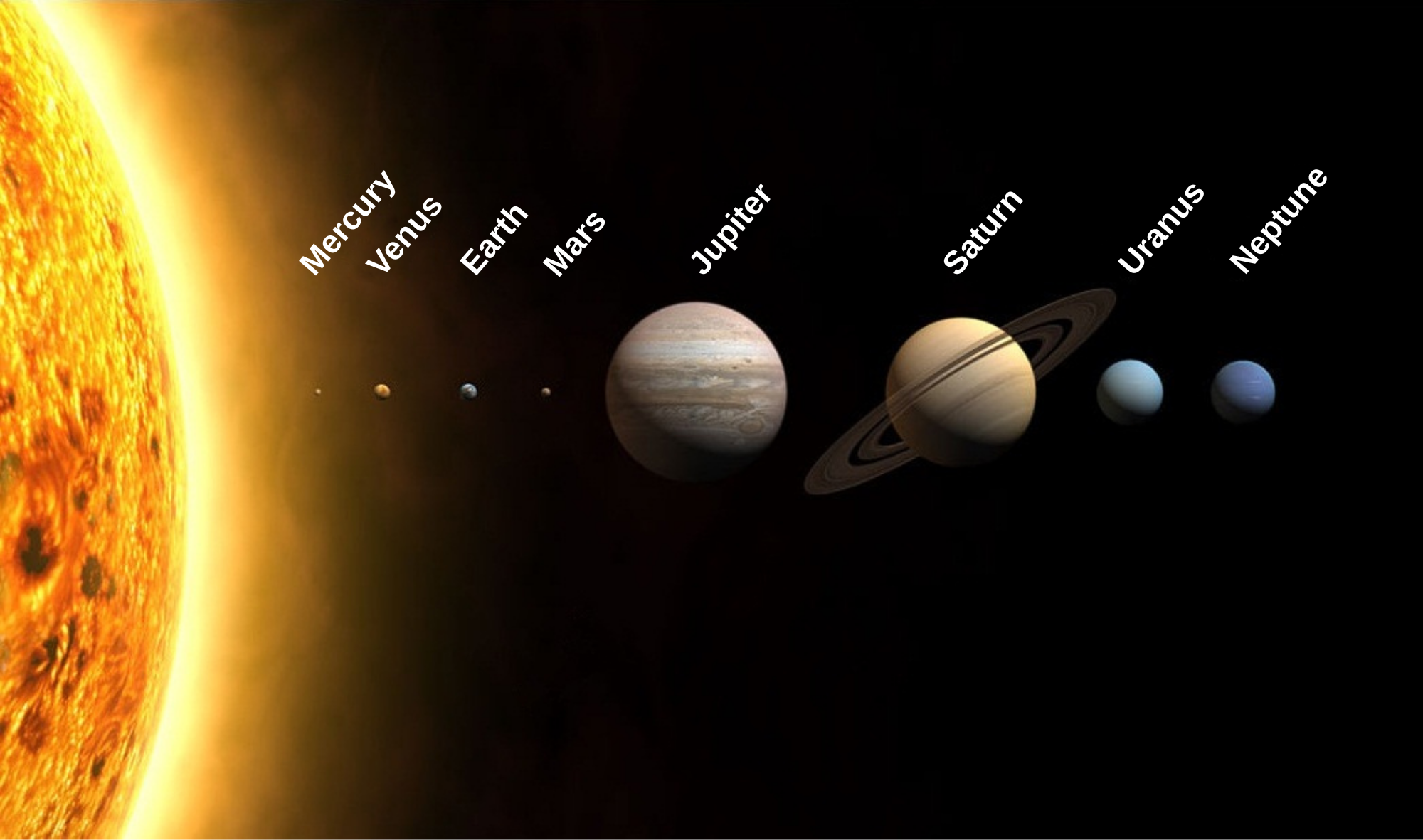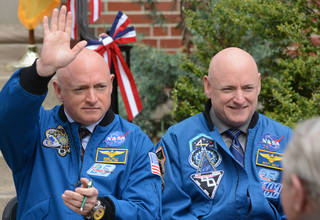To this day, one of humanity’s most loaded questions remains unanswered: are we alone in this universe? Though we have yet to detect the presence of any extraterrestrial civilizations, that has not stopped humanity from attempting to make contact with whatever else might be out there.

The most famous attempt to communicate humanity’s existence to the cosmos was a 3-minute binary transmission made in 1974 from Puerto Rico, a United States territory in the Caribbean. The broadcast was made using a planetary radar transmitter on the Arecibo radio telescope, and it was directed towards a globular cluster called Messier 13 (M13). The cluster contains about a third of a million stars, and the message’s senders hoped that an interstellar civilization ready to accept our transmission might be among these many star systems. However, M13 is near the edge of the Milky Way and lies at a whopping distance of about 25,000 light years. This means that it will take around 25,000 years for our message to actually reach the cluster, never mind the time it might take for us to actually receive a reply.

The Arecibo message was the most powerful transmission ever purposefully beamed into space; it was equivalent in strength to a 20 trillion watt broadcast in all directions. The message includes 1679 bits that are meant to be arranged into a rectangular grid of 73 rows and 23 columns. These numbers were chosen because they are both prime, and presumbably, the extraterrestrials would recognize the significance. Once the aliens deciphered the message, they would have discovered the above image (though it carried no color information). Among other things, the picture represents DNA structure, a human stick figure, our solar system, the Arecibo radio dish, and eight biochemicals that define life on Earth.
Though the chances of receiving a reply to the Arecibo message are very slim, the project allowed us to more fully understand the complexities of communicating across time, space, and cultures.

